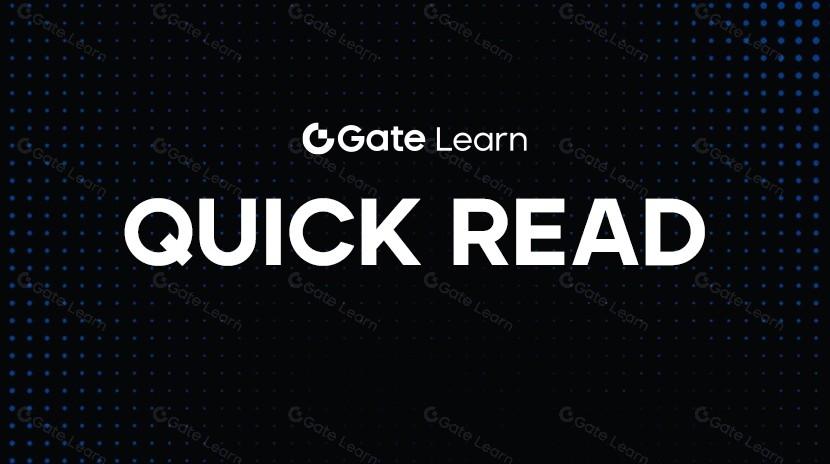What is ArcBlock (ABT)?
Preface
In the fast-evolving blockchain world, the cumbersome process, high costs, and the development environment tightly bound to the main chain when developing DApps have always been pain points. ArcBlock was born to solve these issues as a blockchain 3.0 solution. It is not just a chain, but also a complete decentralized cloud application platform. The goal is to make it easy for every developer and user to get started, create freely, and truly enjoy the power of blockchain applications.
What is ArcBlock?

ArcBlock is a blockchain platform designed for the development and deployment of decentralized applications (DApps), integrating cloud-native architecture with scalable modular design. It aims to address the five major pain points of existing public chains: insufficient performance, user unfriendliness, high costs, platform constraints, and lack of functionality. Its native token ABT is built on Ethereum and is mainly used for payment of computing, services, API access, and technical resource costs. ABT is not just a token, but the core circulation energy of the entire ArcBlock ecosystem.
Who created ArcBlock?
ArcBlock’s soul figure is Robert Mao, the current CEO and chief architect, who started to get in touch with Bitcoin as early as 2009 and officially engaged in blockchain research and implementation since 2013. He used to work at Microsoft Research FUSE Labs, focusing on social computing and machine learning. The underlying design of ArcBlock is not only blockchain engineering, but also a deep understanding and practical experience in user experience, distributed systems, and modern cloud-native architecture.
The core design philosophy of ArcBlock
- Native to the cloud, globally operated
The ArcBlock platform is designed to run in cloud environments (such as AWS, Azure, etc.) from the beginning, supporting automatic scaling and decentralized deployment. Each ABT node can be an independent logical computer, composed of multiple virtual machines or containers internally, allowing DApps to run, update, and scale like cloud services. - Blocklet: Block-level microservices
Blocklet is the core innovation of ArcBlock, a high-level application module based on a microservice architecture and serverless computing. Developers can write Blocklets in any language and deploy them to the ArcBlock platform, not only to access on-chain data but also to perform off-chain computations and integrate with third-party APIs. - Open Chain Access Protocol (Open Chain Access Protocol)
ArcBlock’s protocol design allows applications to operate across multiple blockchains. Deploying on ETH today and switching to Polkadot or other Layer 2 tomorrow is completely feasible, liberating developers from being tied to a single public chain. - Self-evolving developer ecosystem
ArcBlock is not just building a platform, but establishing a modular marketplace driven by developers and incentivized by token economy. Whether providing resources, services, components, or releasing complete DApps, contributors can receive ABT as rewards to drive the positive growth of the entire ecosystem.
Development and user experience have been comprehensively upgraded
- Developer-friendly: No need to delve into the underlying protocols or set up a local test chain. You can develop Blocklets using familiar languages and frameworks, and smoothly deploy and test from local to cloud.
- User-friendly: DApps can be installed and used through regular browsers or App Stores, without the need for any cryptocurrency or wallet knowledge, achieving a true off-chain experience with on-chain guarantees.
- Efficiency Elasticity: Compared to contracts executed on virtual machines, Blocklet can run in native languages on modern cloud platforms, naturally achieving higher efficiency, lower latency, and supporting more real-time applications.
ArcBlock’s token economy model
ArcBlock’s native token ABT is the core driver of the platform. Unlike traditional on-chain tokens used only for paying Gas, ABT adopts a cloud service-based billing model to create a more user-friendly experience for developers and end users. Developers can pay service fees monthly and use ABT to cover transaction costs for application users, eliminating entry barriers and making DApps more akin to the Web2 experience. To support efficient transactions and commercial applications, ArcBlock has built its own high-performance chain designed to process over 100,000 transactions per second, with plans to expand to more use cases in the future. Additionally, ABT is designed with a dual-track model that maps 1:1 with Ethereum’s ERC-20 tokens, allowing developers to seamlessly leverage Ethereum’s ecosystem resources while benefiting from ArcBlock’s high performance and flexibility.
In addition, ABT also has a staking function. If developers need to provide key task-level services, they must lock a certain amount of ABT as a resource guarantee to ensure the overall platform’s service quality and availability. ABT is not only a payment medium, but also the energy core of the entire ArcBlock cloud chain ecosystem, connecting the value cycle among resources, developers, markets, and users.
ArcBlock’s technical layout and future blueprint
ArcBlock is not just staying in the realm of ideas, it has already achieved the following technological breakthroughs:
- ArcBlock Dev Studio development suite
- Blocklet framework and application template
- DID decentralized identity module
- Support cross-chain deployment and data synchronization
- Modular market and community contribution feedback mechanism within the ecosystem
In the future, the ArcBlock team will further enhance cross-chain integration capabilities, expand cloud platform support, promote the application of DID standards, and continue to cooperate with international organizations such as W3C, IEEE, Hyperledger, etc.
Start ABT spot trading:https://www.gate.com/trade/ABT_USDT

Summary
ArcBlock is not just a chain, but a development revolution of blockchain 3.0. If Ethereum is the world computer of Web3, then ArcBlock is more like AWS + Heroku on the chain, a complete, open, and flexible Web3 development and operating platform. It represents a significant step for blockchain applications from geeky experiments to mainstream. For developers, this is a stage for practicing creativity; for users, this is the starting point to enjoy future technology.
Related Articles
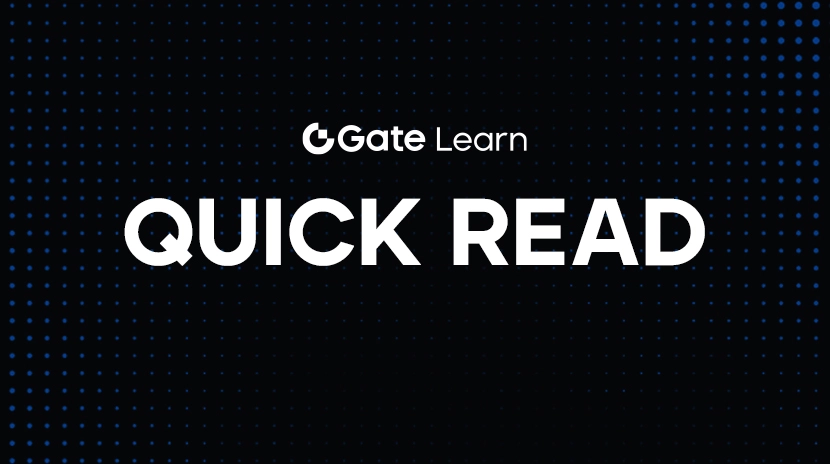
2025 BTC Price Prediction: BTC Trend Forecast Based on Technical and Macroeconomic Data
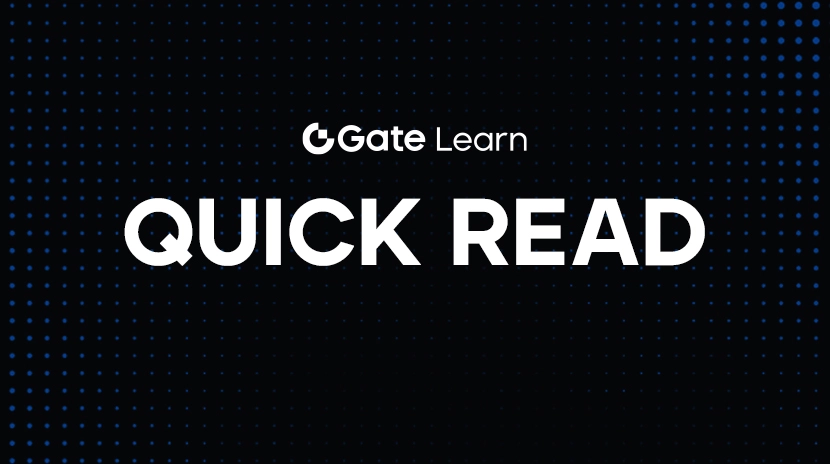
Flare Crypto Explained: What Is Flare Network and Why It Matters in 2025
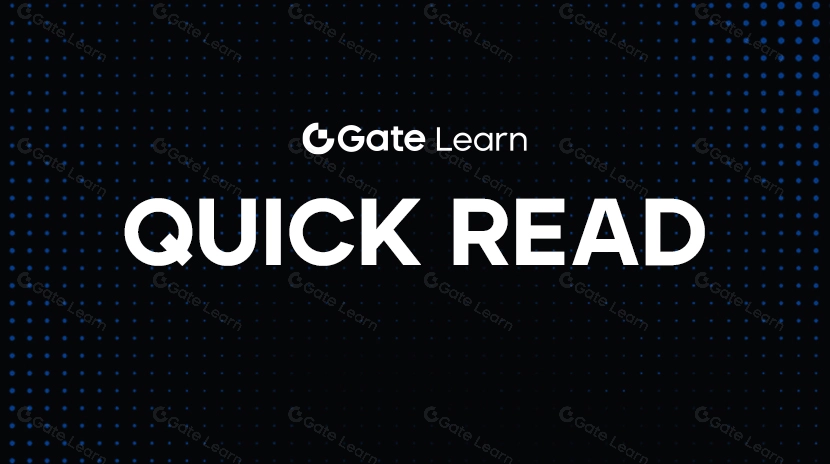
Pi Coin Transaction Guide: How to Transfer to Gate.com
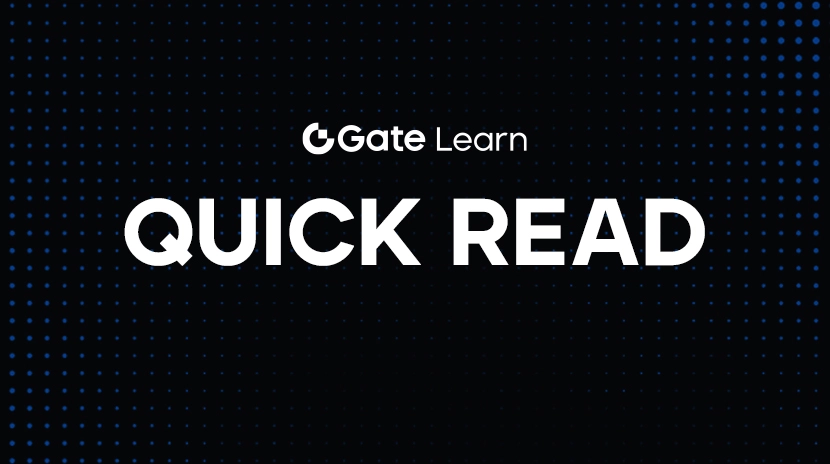
How to Use a Crypto Whale Tracker: Top Tool Recommendation for 2025 to Follow Whale Moves
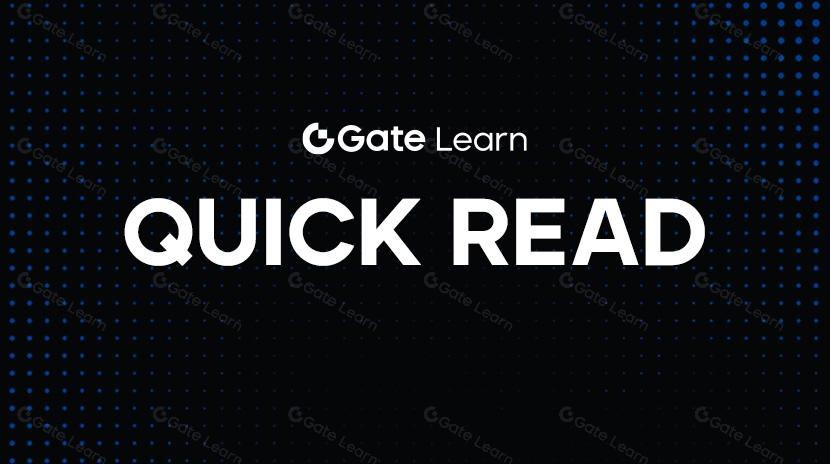
What is N2: An AI-Driven Layer 2 Solution
